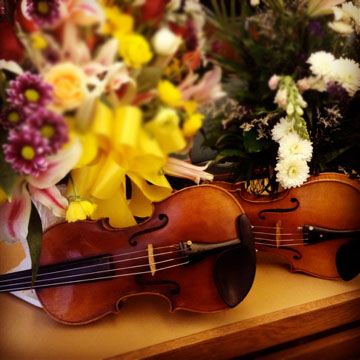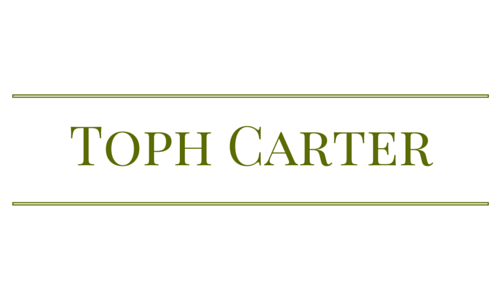 When I was four years old, I had a red toy violin. It was a brilliantly designed toy that would play familiar melodies from Twinkle-TwinkleLittle Star to Old McDonald had a Farm (E-I-E-I…) according to the speed of the plastic yellow bow moving across the “strings.” I would play for hours, not even stopping when the bow got lost. Instead, I improvised with a pencil or my finger.
When I was four years old, I had a red toy violin. It was a brilliantly designed toy that would play familiar melodies from Twinkle-TwinkleLittle Star to Old McDonald had a Farm (E-I-E-I…) according to the speed of the plastic yellow bow moving across the “strings.” I would play for hours, not even stopping when the bow got lost. Instead, I improvised with a pencil or my finger.
Shortly after that, I wanted to play a real violin. I begged my parents to let me take violin lessons to no avail. They were both pianists and thought that I would do better if I learned to read music and play the piano for a year or two before I began violin. Reluctantly, I agreed and began playing Hot Cross Buns and Peter Piper on the piano. When my sister started orchestra, I threw a FIT!
“It’s not fair!” I cried “She doesn’t even want to play the violin and she gets to. I’ve wanted to play forever and you aren’t letting me! How come everytime I want to do something she gets to do it first?!” You get the picture. My persistence won over my parents and they found me a little violin—one with a real wood bow and silver strings—to match my small six-year-old frame.
Crystal was the first of many violin teachers. She patiently taught me the basics of holding the violin, the importance of rhythm, and listening to the notes to make sure they were in tune. It was difficult, but I enjoyed the learning and structure. Under her tutelage, I finished the first book of the Suzuki method and was on my way to becoming a violinist. Since Crystal, I have had a few other teachers: Law, Monday, Mcalister, Mindy, Roxanne, Hen, Severinson and others helped me to learn and grow as a violinist. I learned shifting, vibrato, harmonics, but most importantly the value of practice.
Practice was not always glorious or exhilarating. It often involved tediously slow repetitions of used to be the key to a well-paying and benefitted job. Today that key has changed. What difficult phrases or moving my hand back and forth again and again until I could perfectly jump from one note to another. Practice was stumbling through a new piece over and over until, eventually, I could express myself through the song of another.
It was through doing and trying that actual learning occurred. It would be impossible to learn the violin only by watching others or reading books about theory. You have to pick up the instrument and play. I am reminded of Harold Hill in Meredith Willson’s Music Man where he employs the “think method” for students to learn a new instrument. He explains that all you have to do is think about the notes and they will come. To me it seems like this “think method” has permeated into our educational system. Students know a lot about theory, they know equations, rules, and statistics—but they lack experience.
College graduates face a different world than that of their parents. In a 2013 survey, over 40% of recent college graduates are unemployed and 16% are in part time positions. A degree employers are looking for is experience, skill, and potential value a candidate can offer. These cannot be taught in a traditional educational setting, by reading books and attending lectures, but need to be learned through doing. Just as practicing the violin is mandatory for a proficient violinist, students need experience to be competent professionals in the workplace. Experience gained through volunteering, internships, networking, and innovation empowers individuals to contribute maximum value to society.
So that is why I have joined Experience Institute. To learn by doing. I know I won’t be fantastic in the beginning and I’ll likely fall flat on my face the first time I try a new skill or step into a unknown arena—but I won’t give up. I’ll keep trying and struggling until I slowly become better. Through perseverance, stubbornness, and grit, I will shape my character and become a more complete and effective tool to help others.
